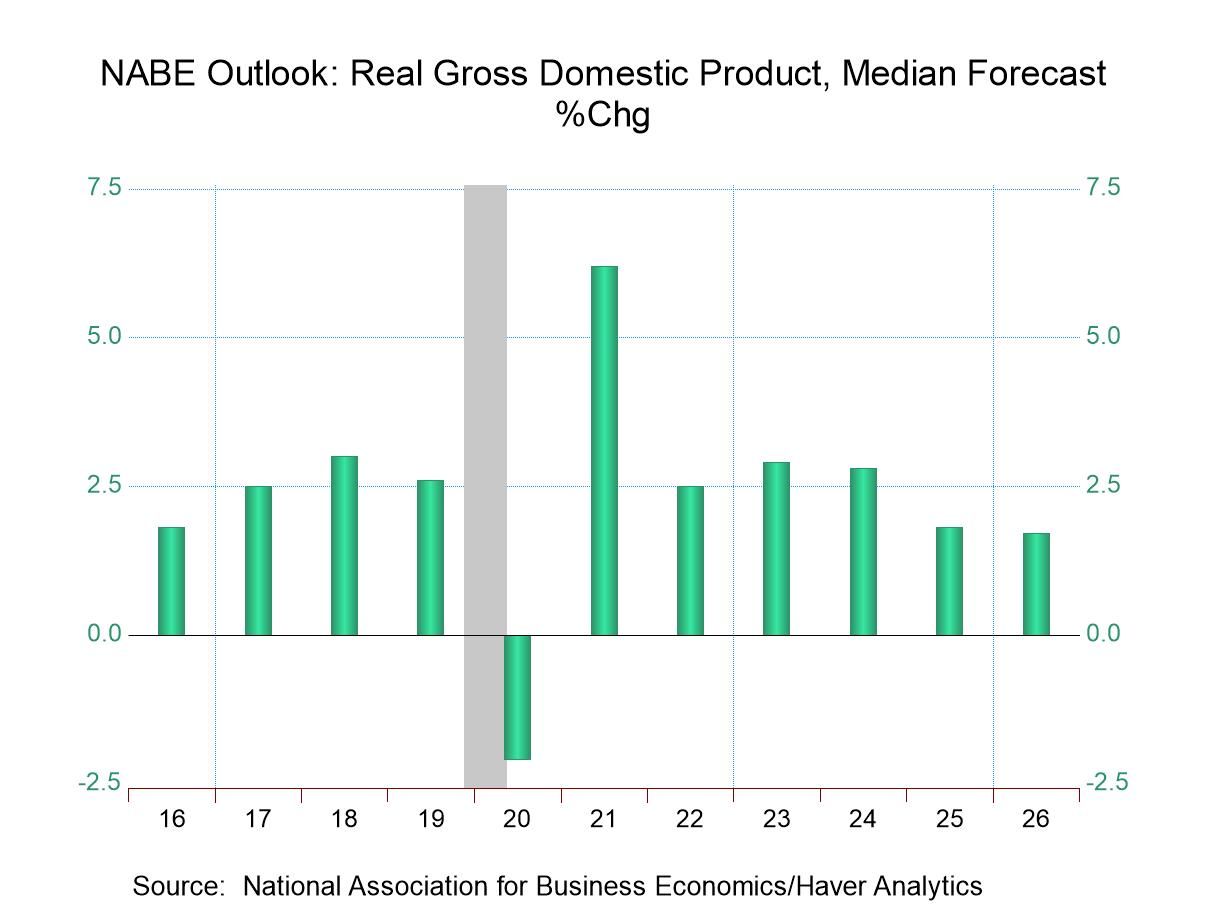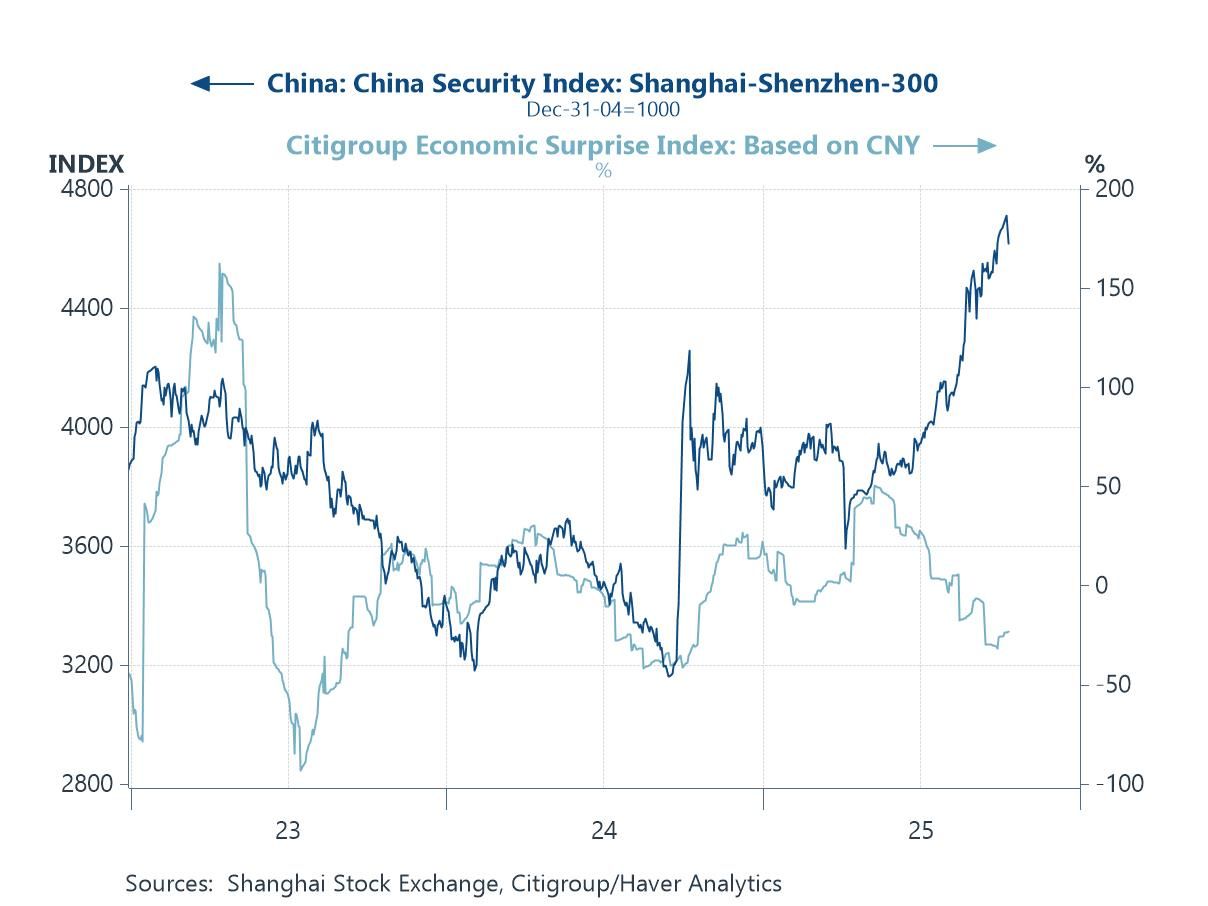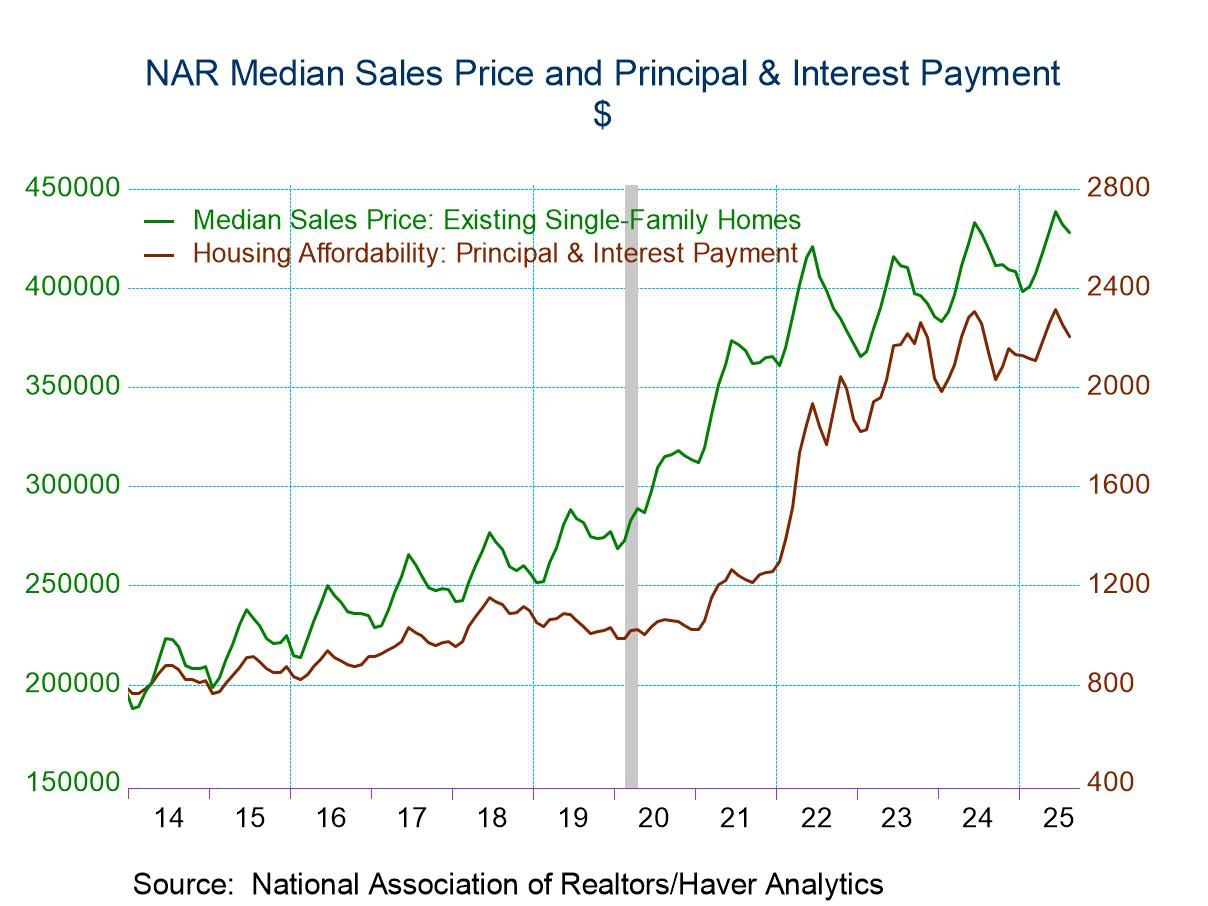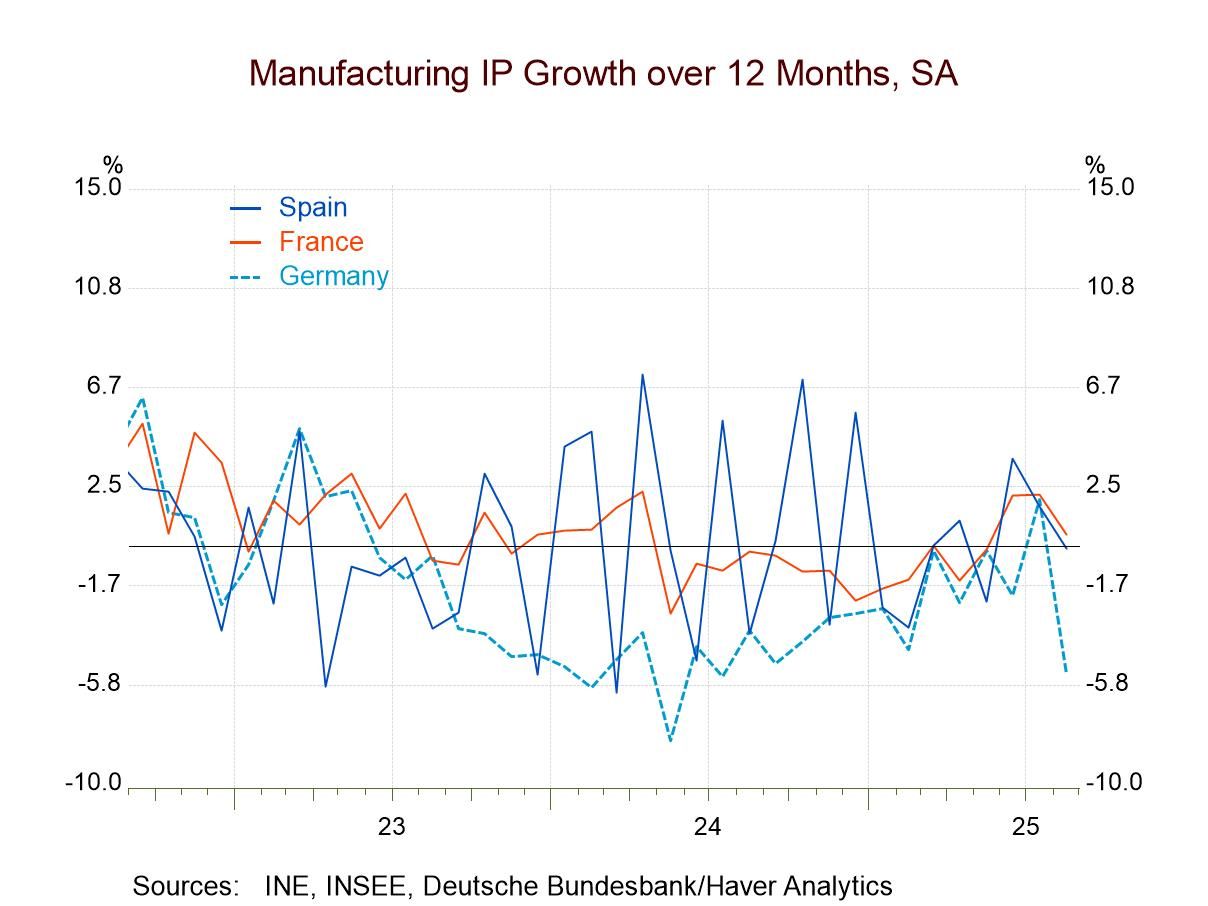 Global| Oct 14 2004
Global| Oct 14 2004New Japanese Consumer Confidence Survey Shows Confidence Down in September, But Still Much Higher than Last Few Years
Summary
The Economic and Social Research Institute of the Japanese Government Cabinet Office (ESRI) has reorganized its survey on consumer confidence. The new data began in April; some old data are still useful. In particular, the survey is [...]

The Economic and Social Research Institute of the Japanese Government Cabinet Office (ESRI) has reorganized its survey on consumer confidence. The new data began in April; some old data are still useful. In particular, the survey is now monthly instead of quarterly and combines the two former surveys of "two-person-plus households" and "single-person households", yielding data for a new grouping, "all households". The sampling for the old "two-person-plus" grouping is basically the same, but that for single-persons has been increased by some 300, about 25% larger than before.
"Consumer confidence" is now defined as the average of people's perceptions of four concepts: overall livelihood, income growth, employment and willingness to buy durable goods. Formerly, a price variable was also included, but now price expectations are measured quantitatively. The changes in the survey mean that for many items, only a few data points presently exist. Where comparability is maintained, ESRI has continued seasonal adjustment, but it applies only to the third month of each quarter, for which there are long series. New series will have to accumulate for several years before seasonal patterns will appear.
News services today gave the main emphasis to a decline in the confidence indexes for September. Indeed, they are down from July and August. The reading for 2+person households is 46.1 (not seasonally adjusted), compared with 49.2 in August and 48.7 in July. At the same time, the September data are far better than earlier periods. As recently as December 2003, we saw only 39.2 and an all-time low of 33.0 in December 2001. The last data having a magnitude similar to September's were in the first half of 1991, more than 13 years ago. The greatest spurs to recent strength have been the components covering the assessment of employment conditions and respondents' willingness to buy durable goods. In the past, the desire to buy durable goods has often run ahead of the total confidence measure, so this is not so remarkable. But only in the late 1980s and very early 1990s was the employment item higher than the total. Even the backtracking in September still left employment looking slightly firmer than confidence in general. To us, this relatively favorable employment performance would seem to extend a generally hopeful outlook among consumers, albeit less buoyant than during the summer.
| Diffusion Indexes, Not Seasonally Adjusted | Sept 2004 | Aug 2004 | July 2004 | Sept 2003 | 2003 | 2002 | 2001 |
|---|---|---|---|---|---|---|---|
| 2+Person Households: Consumer Confidence Index | 46.1 | 49.2 | 48.7 | 39.9 | 37.7 | 37.0 | 36.6 |
| Overall Livelihood | 45.1 | 47.5 | 47.1 | 40.8 | 38.8 | 39.0 | 39.4 |
| Employment | 46.9 | 50.7 | 50.2 | 35.8 | 31.5 | 27.7 | 25.3 |
| Single-Person Households: Overall Livelihood | 45.7 | 47.8 | 47.9 | 42.9 | 42.4 | 41.6 | 43.6 |
Carol Stone, CBE
AuthorMore in Author Profile »Carol Stone, CBE came to Haver Analytics in 2003 following more than 35 years as a financial market economist at major Wall Street financial institutions, most especially Merrill Lynch and Nomura Securities. She had broad experience in analysis and forecasting of flow-of-funds accounts, the federal budget and Federal Reserve operations. At Nomura Securities, among other duties, she developed various indicator forecasting tools and edited a daily global publication produced in London and New York for readers in Tokyo. At Haver Analytics, Carol was a member of the Research Department, aiding database managers with research and documentation efforts, as well as posting commentary on select economic reports. In addition, she conducted Ways-of-the-World, a blog on economic issues for an Episcopal-Church-affiliated website, The Geranium Farm. During her career, Carol served as an officer of the Money Marketeers and the Downtown Economists Club. She had a PhD from NYU's Stern School of Business. She lived in Brooklyn, New York, and had a weekend home on Long Island.





